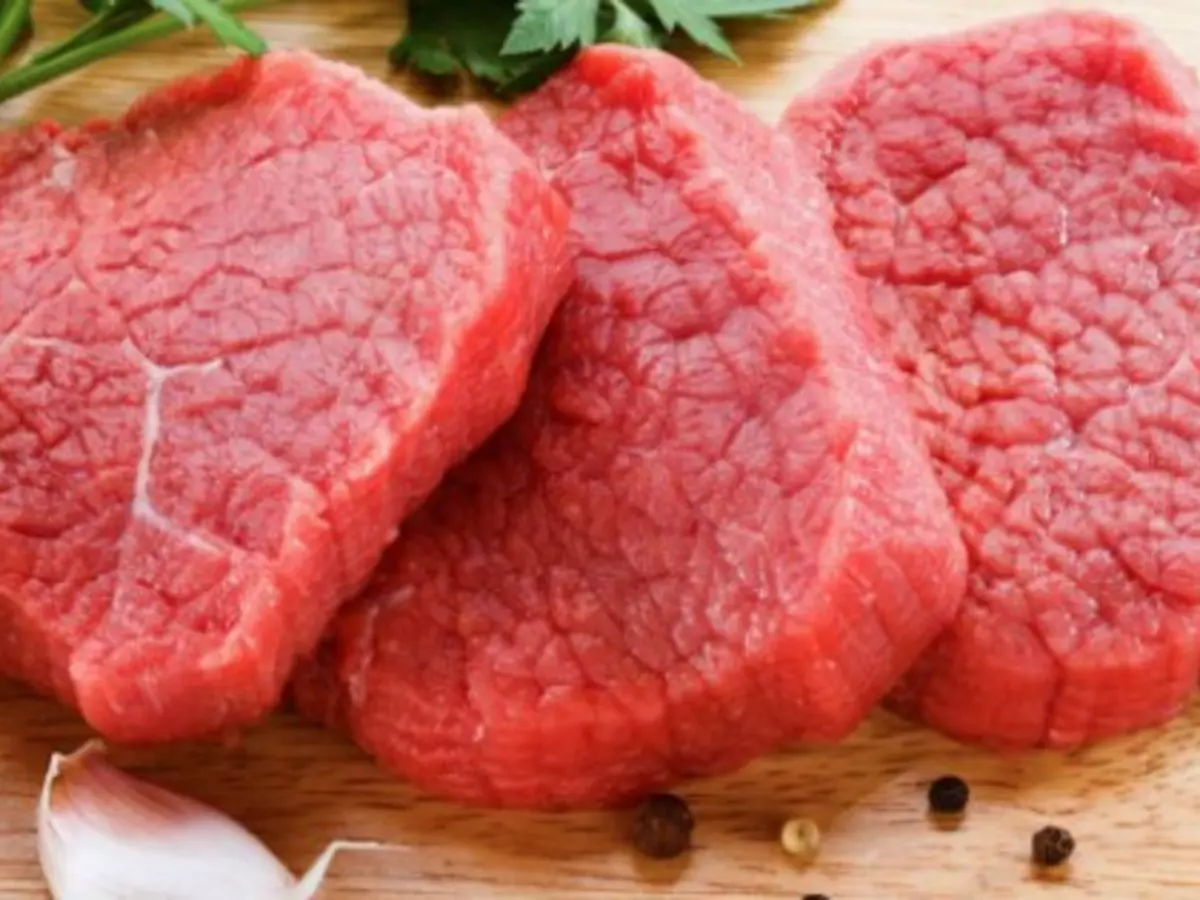How Safe Is Your Meat? The Dilapidated State Of This Chennai Butcher House Leaves Exposes Unsavoury Truths
The Chennai Muncipal Corporations makeshift abattoir in north Chennais Pulianthope is posing health risks to the public. It slaughters about 2000 goats on weekdays and nearly 6000 on Sundays. While corporation veterinarians have been appointed for daily inspection at the abattir they are rarely to be seen say butchers.

Ill-equipped, unhygienic and unmonitored, the Chennai Muncipal Corporation's makeshift abattoir in north Chennai's Pulianthope is posing health risks to the public.
A newly built modern abattoir lies unused
While the newly-built modern abattoir next door remains closed over political differences, meat lovers will have to contend with the abysmal conditions under which goats are slaughtered and transported to butcher shops, restaurants and hotels. Poor or rich, all are at risk, as the Pulianthope slaughterhouse supplies meat to almost the entire city. It slaughters about 2,000 goats on weekdays and nearly 6,000 on Sundays.
The meat trail

- Slaughter takes place in the severely cramped facility amid animal waste sprawled on the floor, leaving the meat exposed to bacterial infections
- After skinning and disemboweling, the carcasses are loaded onto vehicles. By 5 am, tricycles and autorikshaws leave for butcher shops, restaurants and hotels
- During the one hour transit, crows and flies swarm the exposed carcasses
While corporation veterinarians have been appointed for daily inspection at the abattoir, they are rarely to be seen, say butchers. Under corporation norms, one veterinarian is required to be on duty for every 500 goats slaughtered.While slaughter begins as early as midnight on Sundays, it starts around 4 am on weekdays.
Goats procured from as far as Rajasthan, after days of transit, are offloaded from trucks into the abattoir pen.They are led into the slaughterhouse early morning in herds; they are killed and piled on top of another. The cruel treatment is unavoidable as the slaughterhouse is not large enough to handle the city's meat supply, remarks a butcher. Overcrowding inside the abattoir, which compounds risk of infection, has led corporation authorities to remove a part of the roof of the hall. With monsoon expected in a month, the corporation officials said they are working on putting fixing the roof and installing an industrial ventilation system.
Principles of slaughter hygiene

- Skinning: Knife skinning or even fisting can similarly introduce spoilage organisms on the surface of the carcass
- Evisceration: Care should be exercised not to puncture the intestines
- Washing: Carcasses should be washed with clean portable water under pressure if possible
- Storage: Freshly slaughtered carcasses are warm systems and subject to bacterial attack. They should be cooled rapidly till the surface is dry
- Personnel: Personal hygiene of the workmen is extremely important. People who are sick or with boils and sores must be barred from the premises. They must be exposed to a formal code of hygiene.
Outside the slaughter hall, illegal vendors sell meat fat and other animal organs. "A lot of these vendors sell discarded sick animal parts," said a butcher. This practice poses risks as carcasses are loaded onto vehicles just a few feet away. Corporation officials had assured these vendors would be regulated, but to no avail. Butchers at the abattoir have been demanding extension of the 30,000 sqft facility. "A 10,000 sqft space lies vacant next door. We hope the authorities will allow us to use it."
With no proper drainage system, the abattoir is overrun with blood and animal waste. "The effluents are channelled to the Kodungaiyur treatment plant where they are cleared before they are let out into the environment," a corporation official said. The temporary slaughterhouse was erected four months ago as the modern abattoir failed to open as planned. About 1,000 butchers feared they would lose their employment with the opening of the new mechanised slaughterhouse.
What happens if you eat spoilt meat?

- Cooking spoiled meat in high temperature kills some bacteria, but they leave behind toxins. Staphyloccus, for eg; produces toxins that cause food poisoning
- Pathogenic bacteria ¨C causes food-borne illness
- It is hard to tell if the food has been damaged by the bacteria as it does not affect the smell, taste or appearance
- Spoilage bacteria- causes food deterioration. They casue unpleasant colours, tastes and textures
General secretary of the city's Mutton Merchants Association, Moolakadai Anshu said, "What we want is an abattoir in all 15 zones. This will lessen the load as smaller abattoirs will be easier to monitor.With lesser animals to screen, it will enable a more sanitary approach. We have been making this demand to the corporation, but they haven't paid any heed to us."
(Originally published in The Times of India)
